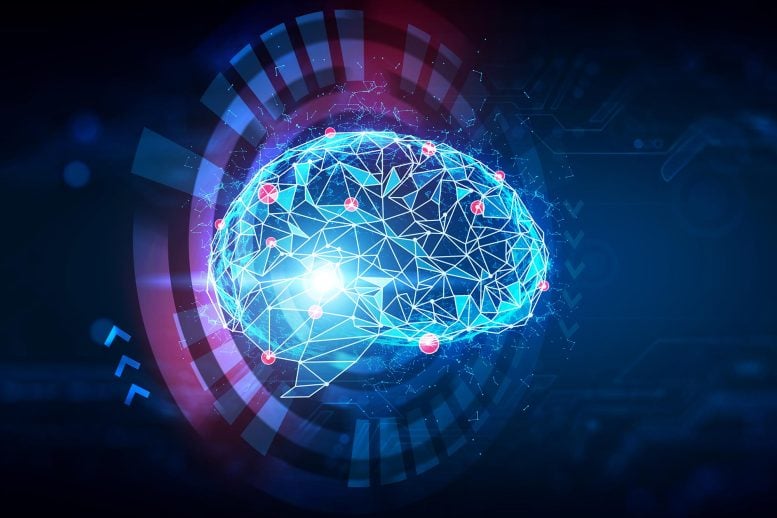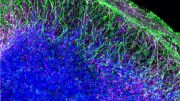
Scientists have developed a deeper understanding of the brain’s “internal compass” by observing neural activity in mice navigating a disorienting virtual environment, using advanced brain imaging techniques.
Recent research sheds light on how the brain processes and interprets dynamic environmental signals.
New understandings have been gleaned by scientists about the region of the brain responsible for our orientation, achieved by monitoring neural activity using cutting-edge brain imaging methods. These discoveries illuminate the mechanisms by which the brain adapts to varying surroundings and also provide insight into the malfunctions that can occur with neurodegenerative conditions such as dementia, causing individuals to experience feelings of disorientation and confusion.
“Neuroscience research has witnessed a technology revolution in the last decade allowing us to ask and answer questions that could only be dreamed of just years ago,” says Mark Brandon, an Associate Professor of psychiatry at McGill University and researcher at the Douglas Research Centre, who co-led the research with Zaki Ajabi, a former student at McGill University and now a postdoctoral research fellow at Harvard University.
Reading the brain’s internal compass
To understand how visual information impacts the brain’s internal compass, the researchers exposed mice to a disorienting virtual world while recording the brain’s neural activity. The team recorded the brain’s internal compass with unprecedented precision using the latest advances in neuronal recording technology.
This ability to accurately decode the animal’s internal head direction allowed the researchers to explore how the Head-Direction cells, which make up the brain’s internal compass, support the brain’s ability to re-orient itself in changing surroundings. Specifically, the research team identified a phenomenon they term ‘network gain’ that allowed the brain’s internal compass to reorient after the mice were disoriented. “It’s as if the brain has a mechanism to implement a ‘reset button’ allowing for rapid reorientation of its internal compass in confusing situations,” says Ajabi.
Although the animals in this study were exposed to unnatural visual experiences, the authors argue that such scenarios are already relevant to the modern human experience, especially with the rapid spread of virtual reality technology. These findings “may eventually explain how virtual reality systems can easily take control over our sense of orientation,” adds Ajabi.
The results inspired the research team to develop new models to better understand the underlying mechanisms. “This work is a beautiful example of how experimental and computational approaches together can advance our understanding of brain activity that drives behavior,” says co-author Xue-Xin Wei, a computational neuroscientist and an Assistant Professor at The University of Texas at Austin.
Degenerative diseases
The findings also have significant implications for Alzheimer’s disease. “One of the first self-reported cognitive symptoms of Alzheimer’s is that people become disoriented and lost, even in familiar settings,” says Brandon. The researchers expect that a better understanding of how the brain’s internal compass and navigation system works will lead to earlier detection and better assessment of treatments for Alzheimer’s disease.
Reference: “Population dynamics of head-direction neurons during drift and reorientation” by Zaki Ajabi, Alexandra T. Keinath, Xue-Xin Wei, and Mark P. Brandon, 22 March 2023, Nature.
DOI: 10.1038/s41586-023-05813-2
The study was funded by the Natural Sciences and Engineering Research Council of Canada and the Canadian Institutes of Health Research.









Be the first to comment on "Unlocking the Secrets of the Brain’s “Internal Compass”"